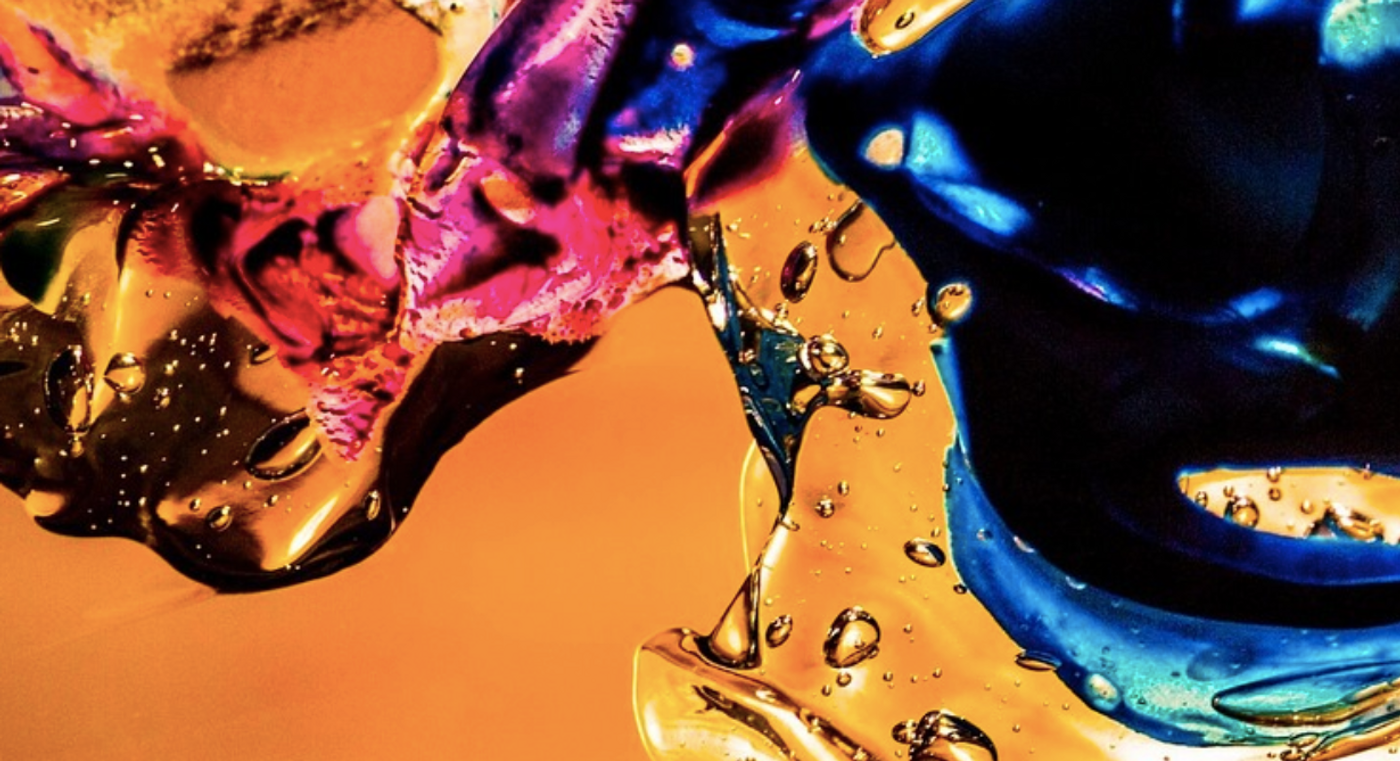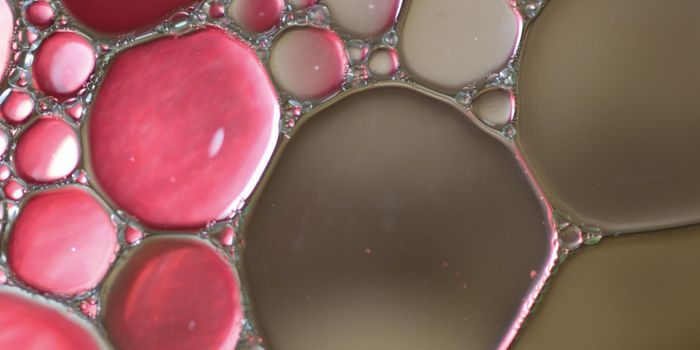Mucus Contains Fungus-Fighting Molecules
The human body plays host to a variety of microorganisms, including fungi like Candida albicans. Some strains of Candida can live harmlessly in the mouth and digestive tract, while others can be dangerous. If a Candida infection becomes systemwide, and impacts the blood or organs, it can become life-threatening.
Scientists often look to the natural world to create new drugs, including antibiotics and antifungals. Researchers have now found that some complex sugar molecules in mucus called glycans can prevent pathogenic Candida from causing an infection. Polymers called mucins compose mucus, and there are many glycans in mucins.The findings have been reported in Nature Chemical Biology.
Research has indicated that glycans can be engineered to control certain pathogens, including Candida and pathogenic strains of bacteria like Pseudomonas aeruginosa and Staphylococcus aureus, said study leader Katharina Ribbeck, the Andrew and Erna Viterbi Professor at MIT.
Mucus seems to contain an extensive library of small molecules that can tame the virulence of a variety of pathogens. These small molecules are "ready to be discovered and leveraged," said Ribbeck, potentially as antifungal drugs.
There are not many effective antifungals, and some resistance is already emerging.
Yeast cells can thrive in mucus, but they don't switch to their pathogenic forms in that environment. "There is something in mucus that has evolved over millions of years, that seems to keep pathogens in check," said Ribbeck.
Mucins are made of hundreds of glycans that are linked to a long protein backbone. Ribbeck's team investigated whether glycans unattached to the backbone can control Candida albicans, or if the whole mucin molecule is necessary.
When glycans were separated from the backbone and exposed to Candida albicans, they were able to prevent pathogenic Candida from forming. Adhesion and biofilm formation was also halted. The expression of over 500 Candida genes was found to be altered when the yeast cells were exposed to glycans. Some genes are involved in the formation of dangerous filaments or biofilms, whole others had roles in basic processes like metabolism or amino acid synthesis. Many affected genes are also under the control of a regulator called NRG1, which is activated by glycans.
"The glycans seem to really tap into physiological pathways and rewire those microbes," Ribbeck said. "It's a huge arsenal of molecules that promote host compatibility."
Glycans appear to be primed to disarm various kinds of microbes. It may be possible to harness their power to create new medications.
The researchers are continuing to explore ways to deliver glycans to the body, and learn more about how they affect microbes.
Sources: MIT, Nature Chemical Biology









